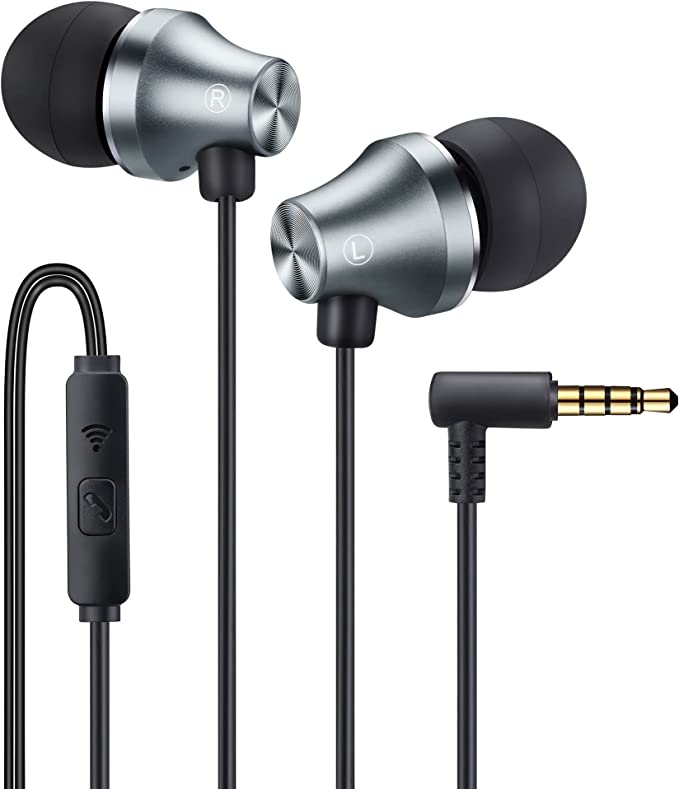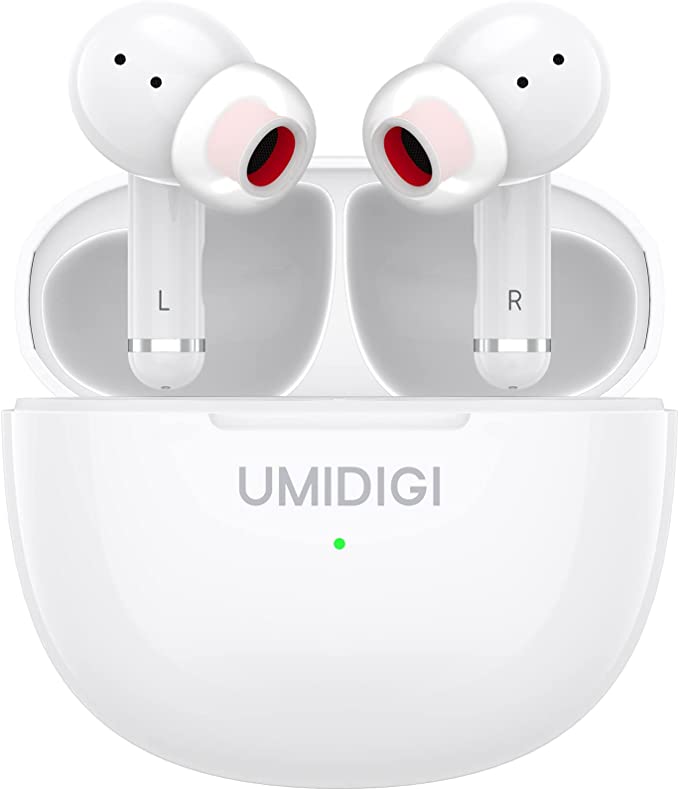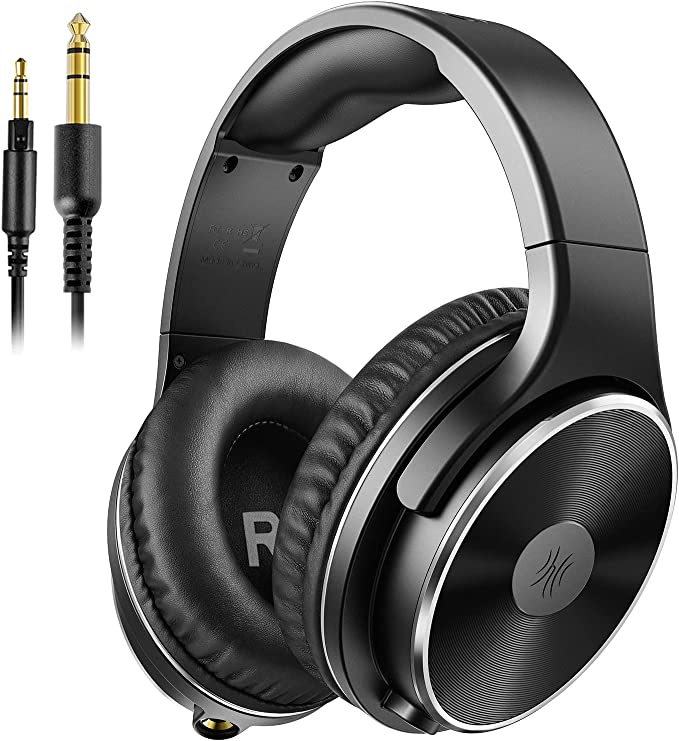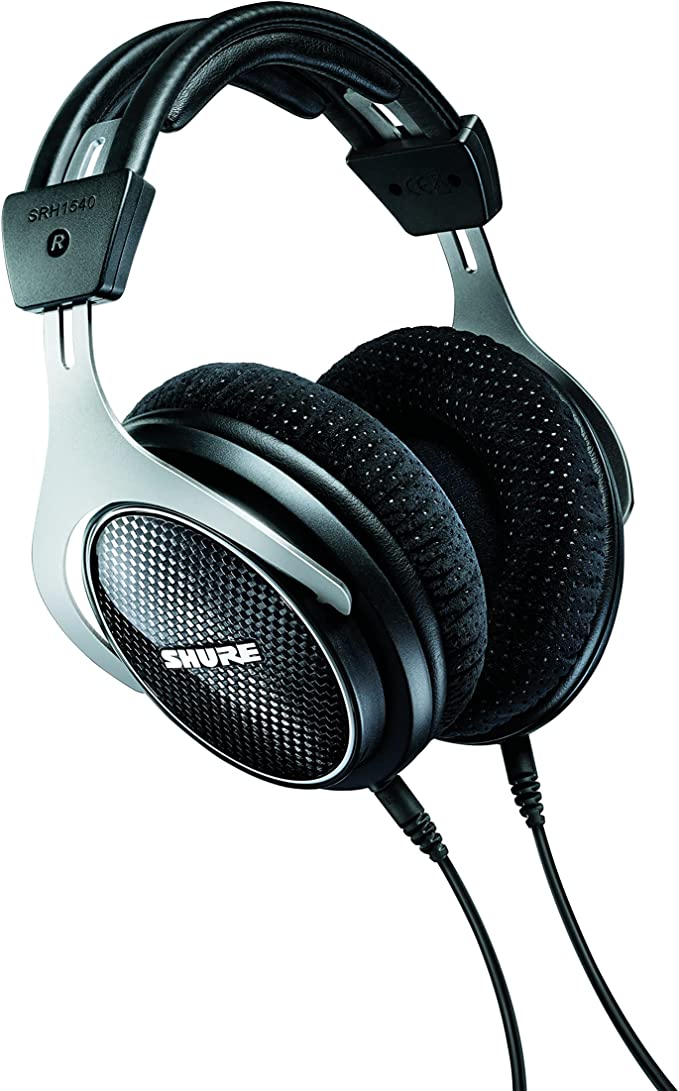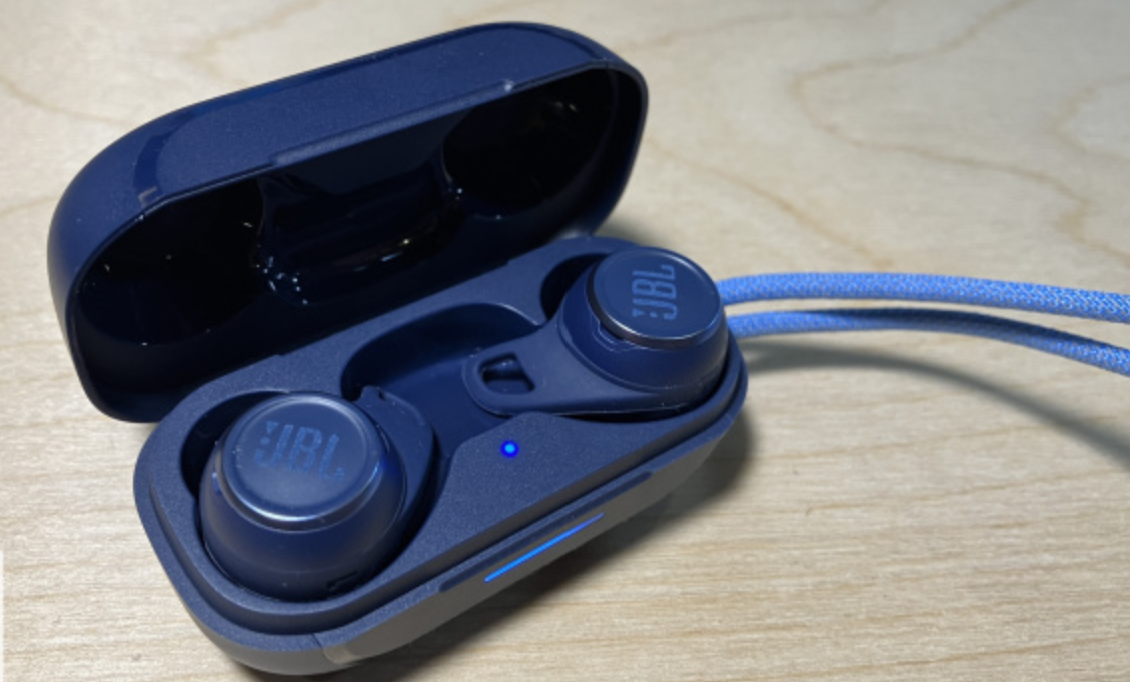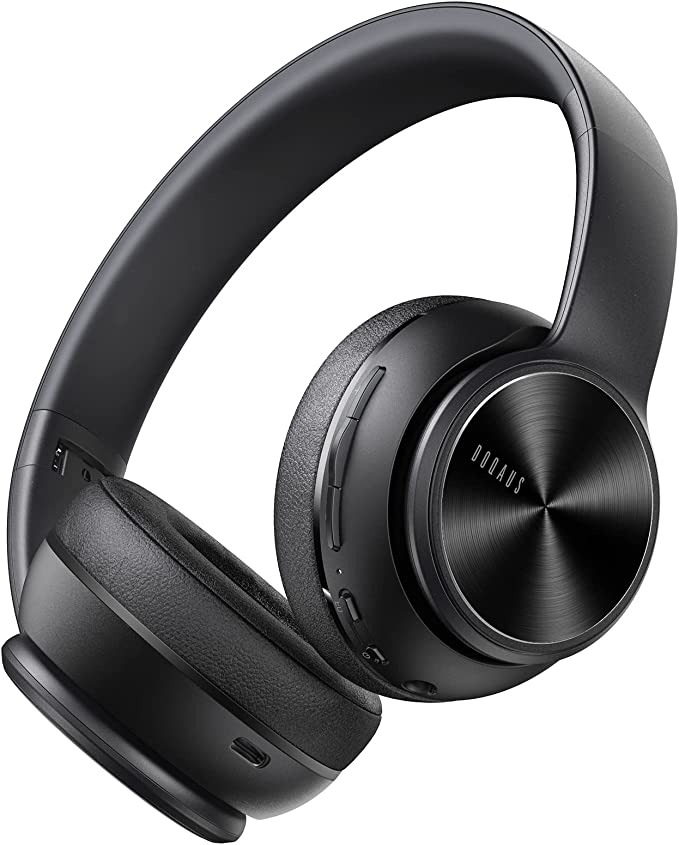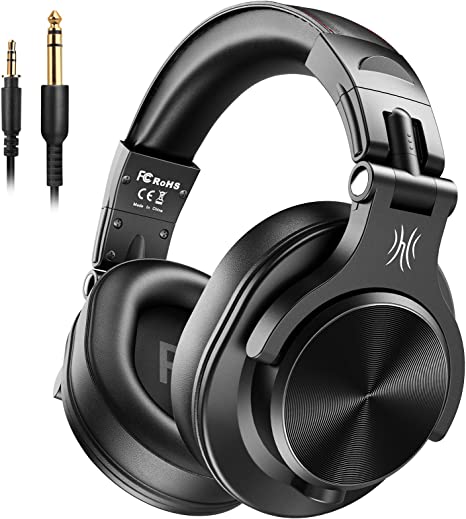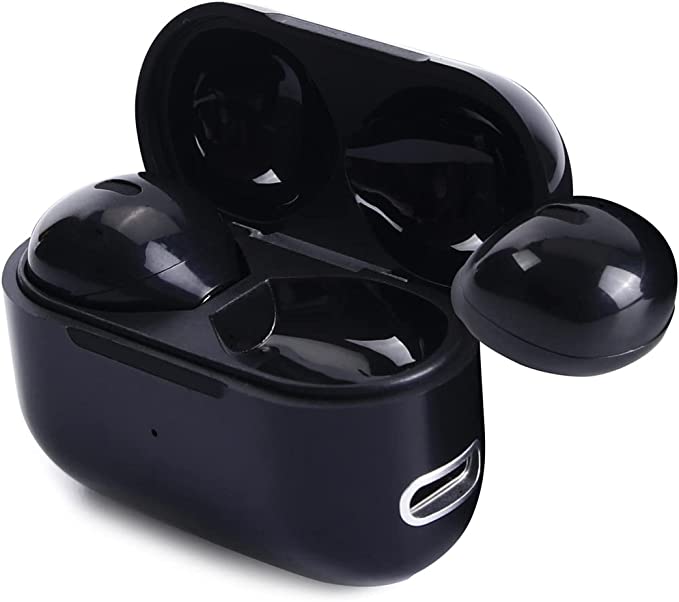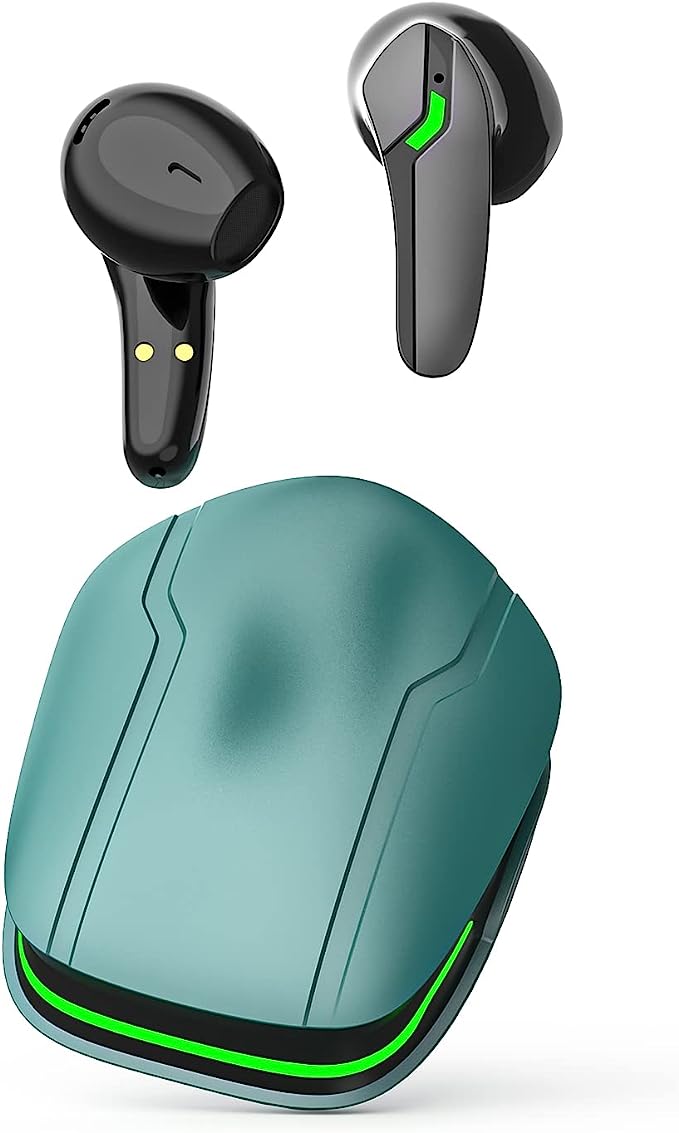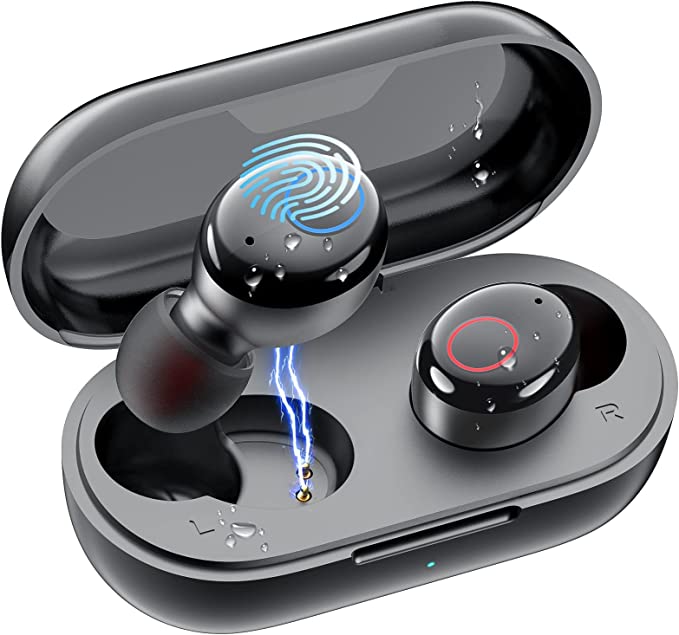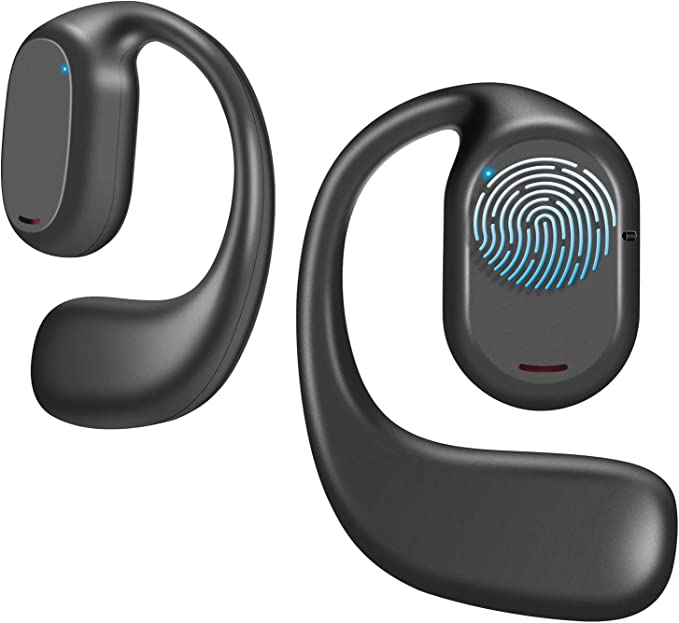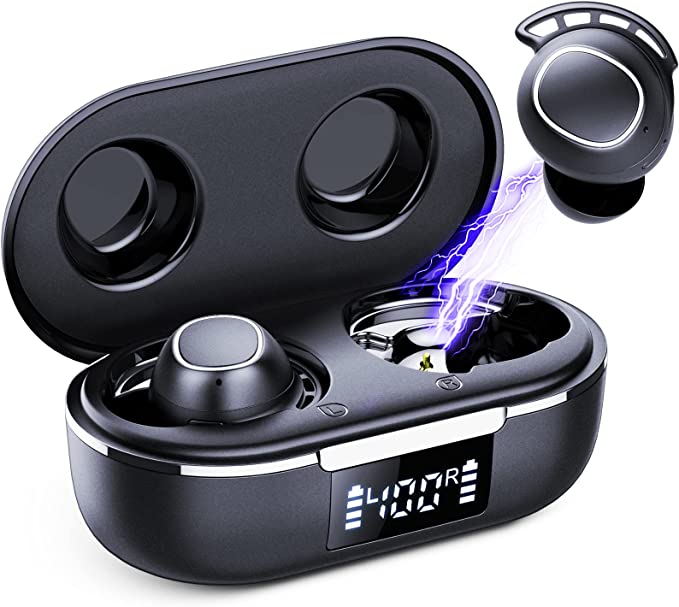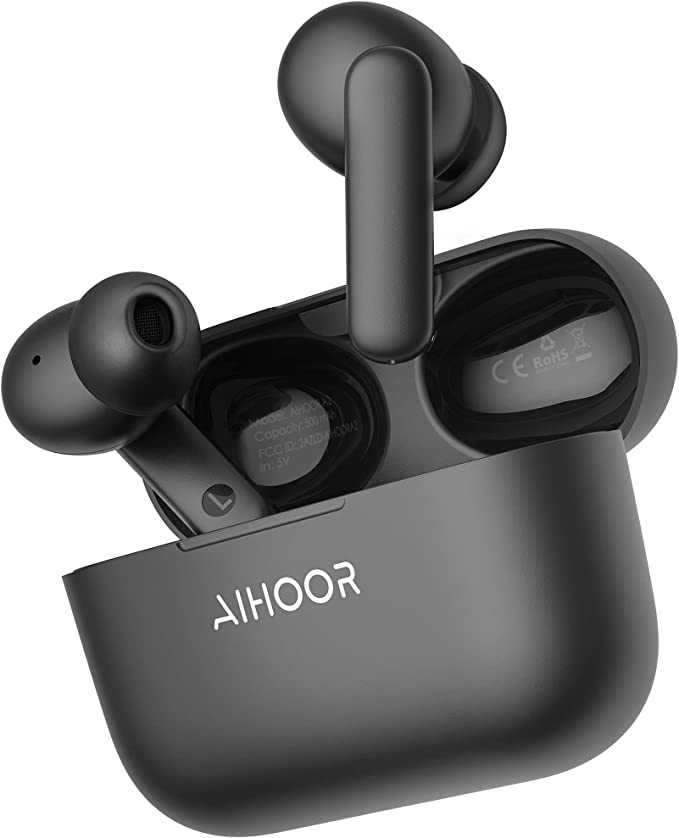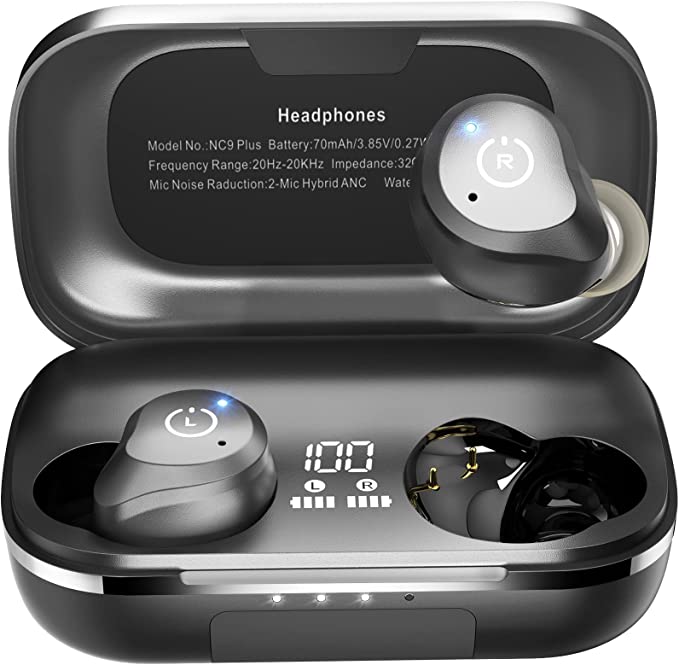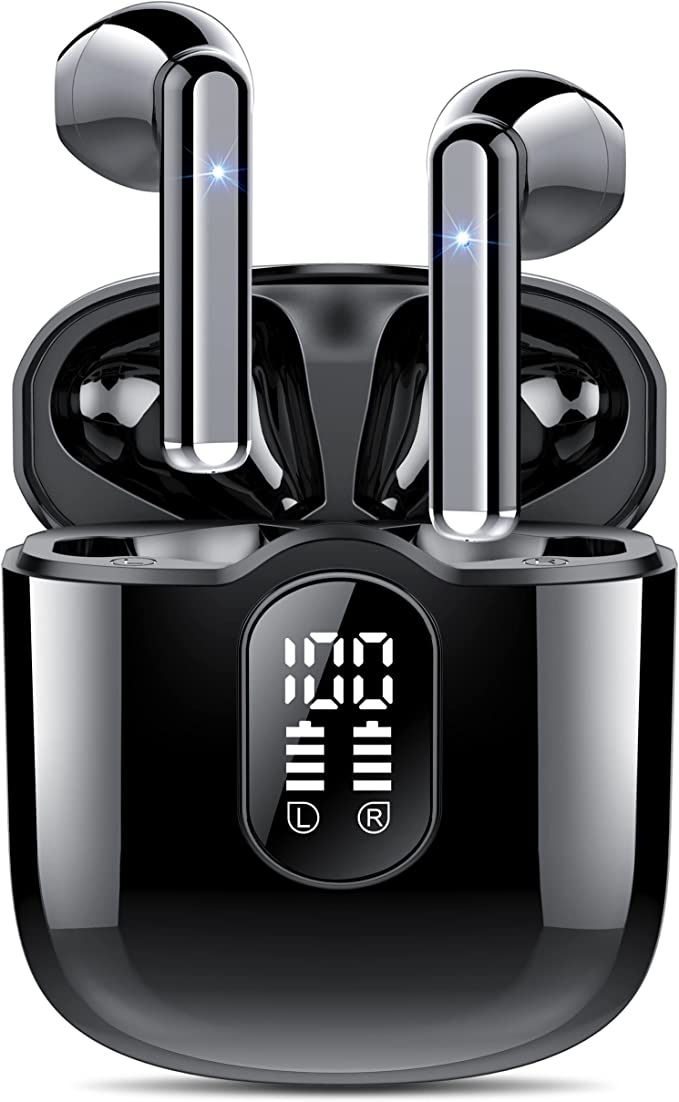Sennheiser MOMENTUM True Wireless 4: Hear More Than Music
Update on July 5, 2025, 8:51 a.m.
Have you ever had a ghost in your music? You’re listening to a song you’ve known for years, a track whose every beat and lyric is etched into your memory. Then, one day, you hear it—a subtle harmony you’ve never noticed, the faint scrape of a guitarist’s pick on a string, a whispered breath before a chorus. It was always there, a ghost note hiding in plain sight. What changed? Not the song. The key was the silence, and the tool that unlocked it.
As an audio engineer, I’ve spent two decades chasing these ghosts. My world is one of anechoic chambers and oscilloscopes, but my goal is simple: to close the distance between an artist’s original creation and the feeling it produces in your soul. Today, let’s take a journey together. We’re going to peel back the layers of a device like the Sennheiser MOMENTUM True Wireless 4, not as a product, but as a vessel for this magic. We’re going hunting for ghosts.

The Storyteller
Our journey begins at the heart of the matter: the transducer. Think of it as the earbud’s storyteller. This tiny component, barely the size of a pencil eraser, has the monumental task of translating the sterile ones and zeros of a digital file into the physical waves of sound that can make you cry, dance, or remember. The MOMENTUM True Wireless 4 employs a single 7mm TrueResponse driver to tell its stories. This isn’t a trivial design choice; it’s a philosophical one.
Imagine a perfect solo vocalist. Every note is pure, clear, and comes from a single, coherent source. Now imagine a choir where different sections start a fraction of a second apart. The result can be powerful, but it’s never as precise. That’s the difference between a single-driver system and some multi-driver setups. By tasking one master storyteller with a full range of frequencies, you eliminate the microscopic phase distortions that can occur at the crossover points in multi-driver systems. The result is an unnervingly clear and stable soundstage—the kind of accuracy that allows it to handle immense detail, like the 24-bit/96kHz resolution found in high-fidelity recordings. It gives the storyteller the vocabulary it needs to tell the whole story, down to the faintest whisper.

The Architecture of Silence
Before our storyteller can be heard, however, we must first silence the world. This is the art of Active Noise Cancellation (ANC), and it’s one of the most elegant applications of physics in personal technology. It is, quite literally, an architecture of silence built from sound itself.
The principle, known as destructive interference, is beautifully simple. Imagine two identical waves rippling toward each other across a perfectly still pond. If they meet peak-to-peak, they’ll create a larger wave. But if one wave’s peak meets the other’s trough, they flatten each other out, creating a momentary patch of calm. ANC is a controlled collision of sound waves. Microphones on the outside of the earbuds act as scouts, listening to the relentless chaos of the outside world—the roar of a jet engine, the rumble of a train. A processor then instantly creates a perfect mirror image of that noise, an “anti-noise” wave, and plays it into your ear. The two waves meet, and annihilate each other.
What makes the system in the Sennheiser MTW4 “Adaptive” is that this process isn’t static. It’s a constant, silent symphony of cancellation. The earbuds are always listening, conducting this symphony in real-time to match the changing volume and pitch of your environment. It’s this intelligence that allows a user to feel as though “background noise disappears without a trace,” creating a pristine, black canvas upon which the storyteller can paint.

The Unbroken Chain
So, we have a storyteller and a silent stage. But how does the story get from the source—your phone—to the stage without getting corrupted? This is the challenge of the “invisible bridge” of Bluetooth, and for years, it was a broken one.
Think of audio data like a detailed message. Sending it over standard Bluetooth is like whispering it down a line of people; by the end, parts of the message are inevitably lost or misheard. This is “lossy” compression. To fit the message through a narrow bandwidth, data is permanently discarded. For an audiophile listening to a high-resolution track from a service like Qobuz or Tidal, this is sacrilege. It’s like looking at a Monet through a dirty window.
This is why the inclusion of aptX Lossless support is so critical. It’s a technology dedicated to creating an unbroken chain of information. It uses a far more robust method to pass the message, ensuring the digital file arrives at the earbud bit-for-bit identical to how it left the phone. It’s the difference between a whisper and a sealed, written letter. The message arrives intact, with all its nuance and detail preserved, allowing you to hear those ghost notes the artist put there for you to find.

The Human Element: Where Science Meets Skin
For all this incredible internal technology, none of it matters if it doesn’t connect with the human body. The final, and perhaps most crucial, components are you and the fit. As one user, John L., discovered after initial disappointment, “Custom fit is EVERYTHING.” He was right. From a physics perspective, the soft silicone tip sealing in your ear is the foundation for everything else. It creates passive noise isolation—the first line of defense against noise. More importantly, it creates a sealed acoustic chamber. Without this seal, low-frequency bass energy simply leaks out, leaving the sound thin and lifeless. Finding that perfect, comfortable fit is the final handshake between technology and biology.
And sometimes, that handshake has to withstand the unimaginable. I read a review from a diesel field mechanic that stopped me in my cold, engineering tracks. He described his earbuds surviving being dropped in oil, used in the rain, and, most incredibly, being present during an oxy-acetylene explosion that left him with severe burns. He later found them in the dirt, cleaned them off, charged them, and, in his words, “it’s like nothing happened to them.”
This isn’t a feature you’ll find on a spec sheet. This is technology performing its most profound duty: enduring. In a moment of absolute chaos, they not only worked as industrial-grade hearing protection but survived to play music again. They maintained a link to normalcy, to art, in the face of destruction.
That is the soul of sound. It’s a physical, resilient thing. It’s born in a studio, travels as data, is reborn as a wave inside a silent chamber we carry with us, and ultimately, it lives inside our memory. The technology is just the vessel, an increasingly sophisticated key designed to unlock the doors of our own perception. It’s there to quiet the world just enough so we can finally hear the ghosts.
